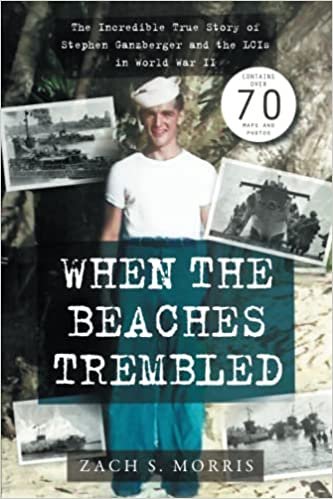The Golden Brigade by Robert J. Dvorchak
MWSA Review
The Golden Brigade: The Untold Story of the 82nd Airborne in Vietnam and Beyond by Robert J. Dvorchak is a compilation of stories by those who served during this unpopular war from their time in Vietnam in the late 1960s as well as many years later as the men became more able to talk about their experiences. It provides a true feeling for what these men went through in 445 pages and 57 short chapters including an epilogue that describes their golden anniversary in June 2018 with a week of special events. The index is 22 pages, so those who served or who had family members in the 82nd can look up people and topics. There are 69 pages of photos and maps courtesy of the 82nd Airborne Museum, combat photos by professional photographers and by members of the 82nd. The stories are told in the present tense with dialogue where appropriate. This is history brought to life by an experienced journalist.
The 82nd Airborne's time in Vietnam began as a classified mission that morphed into a 22-month operation in two major areas of the country. 227 of their members died in Vietnam and are referred to as their Forever Young. They are listed on the memorial at Fort Bragg, NC, which predates the Vietnam memorial wall in Washington, DC. The Golden Brigade was formed while they were in Vietnam and refers to their sense of brotherhood. While this book focuses on just one group, their experiences were similar to those of other units serving. It is a valuable resource to those who want to understand the war from the viewpoint of the participants.
Review by Nancy Kauffman (April 2023)
Author's Synopsis
An epic tale of brotherhood forged during war as masterfully told by a lifelong journalist, war correspondent and U.S. Army veteran. The story tracks the exploits of the 82nd Airborne Division from its deployment in February of 1968 in response to the Tet Offensive through 22 months of combat during two of the most tumultuous years of American history. Not only is the story told through historical documents and unclassified material, the book gives voice to the voiceless through scores of interviews of combat veterans who are speaking publicly for the first time in five decades. Also part of the tale are the experiences of soldiers when they returned home and the decades spent in finding the gravesites of comrades killed in the war, including Medal of Honor recipient Felix Conde. This book has the power to heal the invisible wounds of a divisive war.
Format(s) for review: Paper and Kindle
Review Genre: Nonfiction—History
Number of Pages: 473
Word Count: 100,000




















